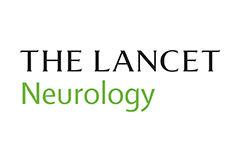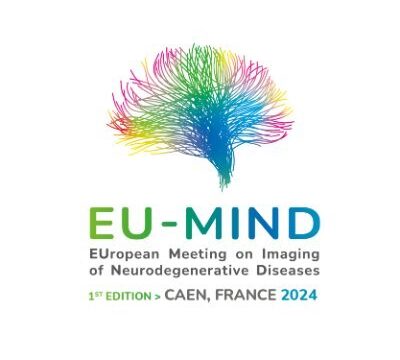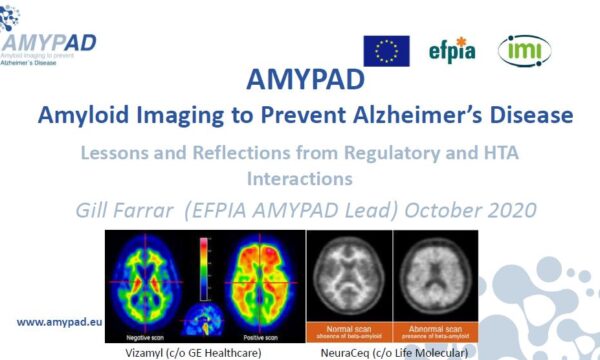Amyloid positron emission tomography (PET) is instrumental in achieving an accurate diagnosis and may help to limit health-seeking behavior. Currently, amyloid-PET is not routinely used in clinical practice due to lack of evidence on cost-utility. In a new paper, AMYPAD researchers assessed the cost-utility of early versus no amyloid-PET in the diagnostic work-up of memory clinic patients after 6 months. The paper entitled “Utility, Costs and Cost-Utility of Amyloid-PET in the Diagnostic Process of Memory Clinic Patients: A Trial-Based Economic Evaluation From AMYPAD-DPMS” has been published in the European Journal Of Neurology.
From April 2018, to October 2020, 844 AMYPAD participants were screened and 840 were randomised in three different arms. 514 of them were included in the economic evaluation. Amyloid-PET resulted in higher costs at 6 months. Although patients receive an early etiological diagnosis, the cost-utility after 6 months is not favorable for amyloid-PET. The cost-utility will need to be reassessed when considering amyloid-PET to select patients for anti-amyloid biologics.
You can read the paper here: https://doi.org/10.1111/ene.70197
Congratulations to all authors: Ingrid S. van Maurik, Daniele Altomare, Lyduine E. Collij, Camilia Caprioglio, Christian Moro, Valentina Garibotto, Jean-François Demonet, Philip Scheltens, Gill Farrer, Rosella Gismondi, Andrew W. Stephens, Jean Domingo Gispert, José Luis Molinuevo, Oriol Grau-Rivera, Paul Edison, Zuzana Walker, Frank Jessen, Alexander Dzrezga, Philip Zeyen, Pierre Payoux, Laure Saint-Aubert, Julien Delrieu, Agneta Nordberg, Frederik Barkhof, Giovanni B. Frisoni, Johannes Berkhof



